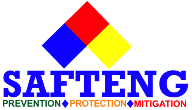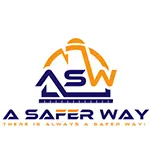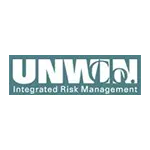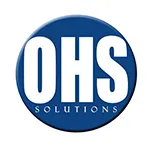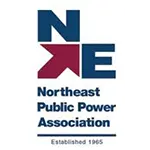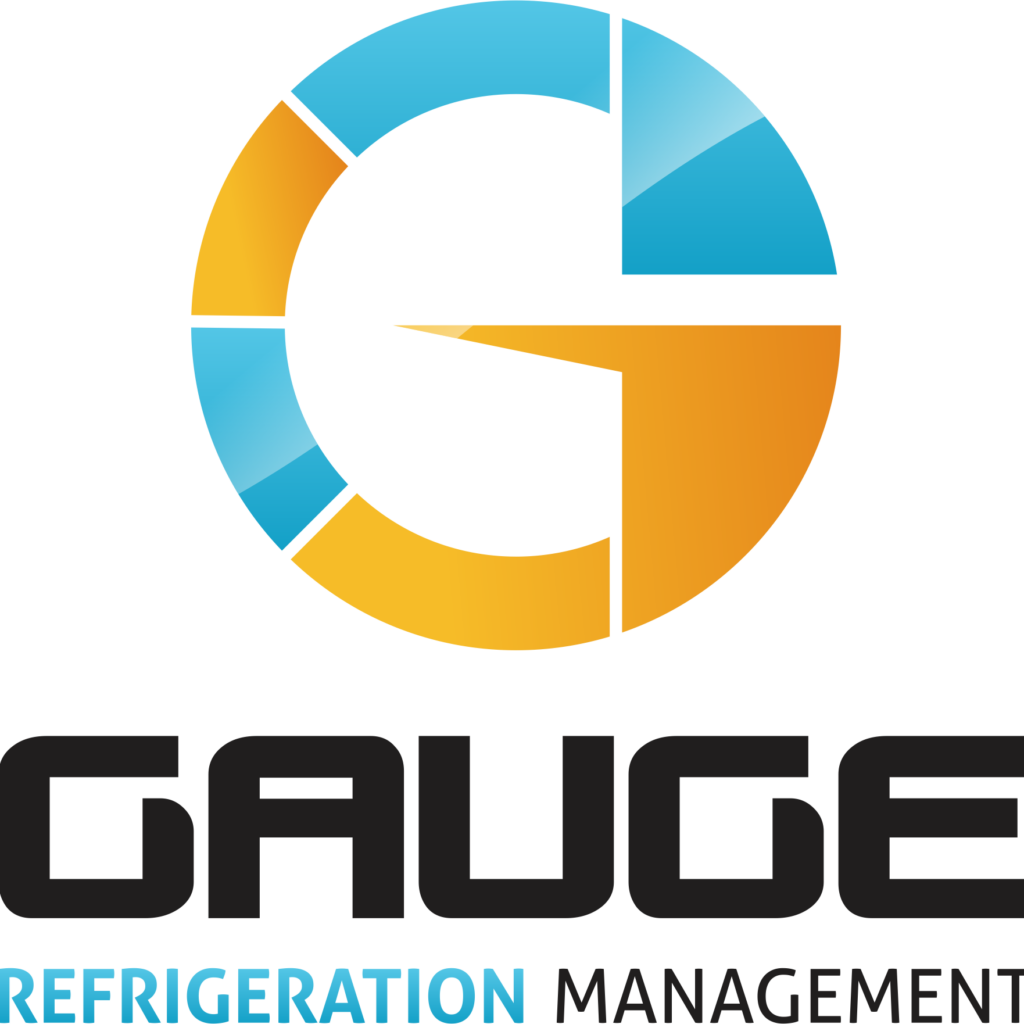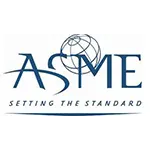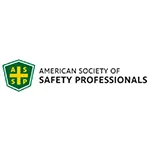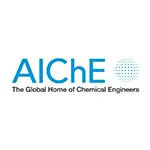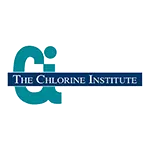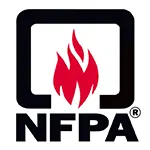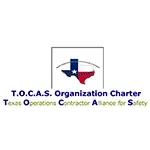SAFTENG Has
- Over 17,500 categorized unsafe acts/conditions and accident/injury photos
- Over 1,400 ppt's & doc's
- Over 3,900 technical articles on Process Safety & Occupational Safety & Health matters
- Over 400 videos
CLICK HERE to Renew your Membership
CLICK HERE for a NEW Membership
CLICK HERE to see eligibility requirements for FREE Membership
If you have any questions, please contact me
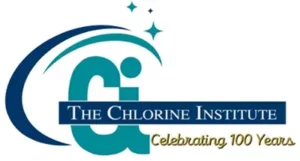
I am proud to announce that have extended our”Partners in Safety” agreement for another year (2025).
CI Members, send me an e-mail to request your FREE SAFTENG membership.





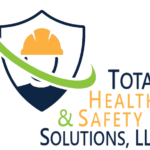


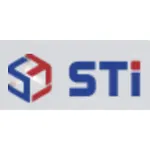


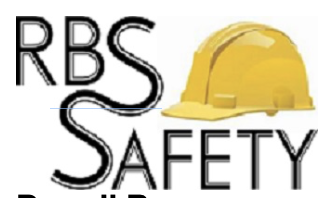


September 3, 2019
At 11:45 a.m. on August 28, 2012, an employee was finishing a painting assignment to coat pipes in six confined spaces at a lift station site. The employee was cleaning the pipes using a Methyl Ethyl Ketone (MEK) solvent prior to applying a two-part epoxy paint that contained Xylene, Methyl Isobutyl Ketone (MIBK), and Ethyl Benzene. The employee’s supervisor saw him entering the site and later...
Read More
September 3, 2019
We just can’t make this stuff up!!! This accident happened during a “safety day”…
At 8:30 a.m. on May 24, 2018, Employee #1 was in charge of setting up a booth representing the control laboratory for a safety day event at the plant, which involved approximately 1,000 employees, visitors, and vendors. Employee #1 wanted to have a fog effect at the booth to attract visitors....
Read More
September 3, 2019
Fit testing is an ABSOLUTE CRITICAL path in our Respiratory Protection Program; therefore, ensuring it is done CORRECTLY and ACCURATELY is a must. Over the past two years (2018-2019) we have seen nine (9) facilities where they had done their quantitative fit testing; however, upon closer examination of the results of the tests, we found that ERT members (e.g. wearing their SAR in an IDLH atm) passed...
Read More
August 29, 2019
The Ontario Recreation Facilities Association Inc. (ORFA) has reviewed the Fernie, BC Ammonia Triple Fatality investigation report produced by Technical Safety British Columbia (the safety authority and governing body for pressure vessels and operating engineers in BC), and offers the following comparative as it relates to Ontario related legislation, regulations, and registered refrigeration plant...
Read More
August 29, 2019
This is another case of a PLASTIC tote being used for a NON-CONDUCTIVE Flammable Liquid and a serious incident occured due to the failure to control the ignition source… STATIC ELECTRICITY! SAFTENG Members be sure to check out the posts earlier this year of a very similar incident that was caught on camera (Transferring flammable liquids without a deadman valve can be deadly indeed!). ...
Read More
August 28, 2019
Catastrophic rupture of dead-leg pipe-work
Issue Date: 20.08.2019
Target Audience:
Operators of Process Plant (and associated inspection bodies) which may have pipe-work dead-legs on toxic, flammable, dangerous to the environment or other critical services.
Oil and gas (onshore / offshore)
Chemical processing and production
Nuclear
Pharmaceutical
Power production
Key Issues:
This safety alert highlights...
Read More
August 28, 2019
Respondent owns and operates a meat processing facility that handles approximately 170,300 pounds of anhydrous ammonia. 32. The Facility is a Program 3 Facility under the RMP Regulations, in accordance with 40 C.F.R. § 68.10(d). EPA conducted an inspection of the Facility on June 27, 2017, to determine Respondent’s compliance with the RMP Regulations at 40 C.F.R. Part 68 (“the Inspection”). ...
Read More
August 28, 2019
Pursuant to the risk management program regulations under 40 CFR §68.10(b), Program 1 eligibility requires that the process has not had an accidental release of a regulated substance that led to off-site death, injury, or response and restoration activities at an environmental receptor within five years prior to the risk management plan submission. Additionally, as part of the hazard assessment required...
Read More
August 28, 2019
In section 2, element 2.5, of an RMP, facilities must report the quantity of toxic chemical that the facility used for the worst-case analysis. When reporting this data element in RMP*eSubmit for a mixture, should facilities report the entire weight of the toxic mixture potentially being released or only the amount of the regulated toxic substance in the mixture?
…
HomeRead More »
Read More
August 28, 2019
UPDATED 9/26/22
Pursuant to the Risk Management Program regulations, the owner or operator shall identify and analyze at least one alternative release scenario for each regulated toxic substance held in a Program 2 or Program 3 process above its threshold (40 CFR §68.28). If a facility has both ammonia and ammonia (anhydrous) on-site above their respective thresholds, does the facility owner or operator...
Read More
August 28, 2019
On January 13, 2017, EPA finalized amendments (82 FR 4594) to the Accidental Release Prevention Requirements for Risk Management Programs under the Clean Air Act, Section 112(r)(7). The amendments were intended to modify:
…
HomeRead More »
Read More
